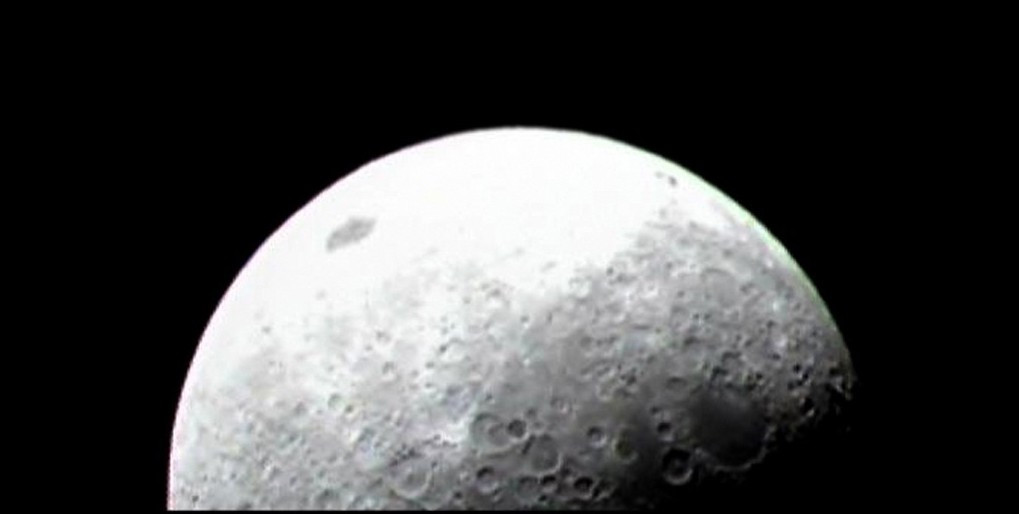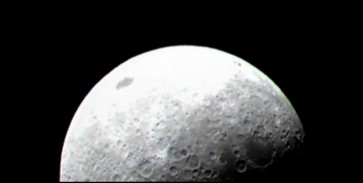Popular Reads
Top Results
Can't find what you're looking for?
View all search resultsPopular Reads
Top Results
Can't find what you're looking for?
View all search resultsAstronomers predict SpaceX space junk will hit the Moon
The rocket was deployed in 2015 to put into orbit a NASA satellite called the Deep Space Climate Observatory (DSCOVR).
Change text size
Gift Premium Articles
to Anyone
 One of the first images released on June 23, 2009 from NASA's Lunar Crater Observation and Sensing Satellite (LCROSS) using the visible light camera during the swingby of the moon. LCROSS has nine science instruments that collect different types of data which are complementary to each other. These instruments provide for a robust collection of data about the composition of the lunar regolith. The probe is scheduled to crash into the lunar south pole later this year. (NASA/NASA)
One of the first images released on June 23, 2009 from NASA's Lunar Crater Observation and Sensing Satellite (LCROSS) using the visible light camera during the swingby of the moon. LCROSS has nine science instruments that collect different types of data which are complementary to each other. These instruments provide for a robust collection of data about the composition of the lunar regolith. The probe is scheduled to crash into the lunar south pole later this year. (NASA/NASA)
A
chunk of a SpaceX rocket that blasted off seven years ago and was abandoned in space after completing its mission will crash into the Moon in March, experts say.
The rocket was deployed in 2015 to put into orbit a NASA satellite called the Deep Space Climate Observatory (DSCOVR).
Since then, the second stage of the rocket, or booster, has been floating in what mathematicians call a chaotic orbit, astronomer Bill Gray told AFP Wednesday.
It was Gray who calculated the space junk's new collision course with the Moon.
The booster passed quite close to the Moon in January in a rendezvous that altered its orbit, said Gray.
He is behind Project Pluto, software that allows for calculating the trajectory of asteroids and other objects in space and is used in NASA-financed space observation programs.
A week after the rocket stage whizzed close to the Moon, Gray observed it again and concluded it would crash into the Moon's dark side on March 4 at more than 5,500 miles per hour (9,000 kilometers per hour).


















